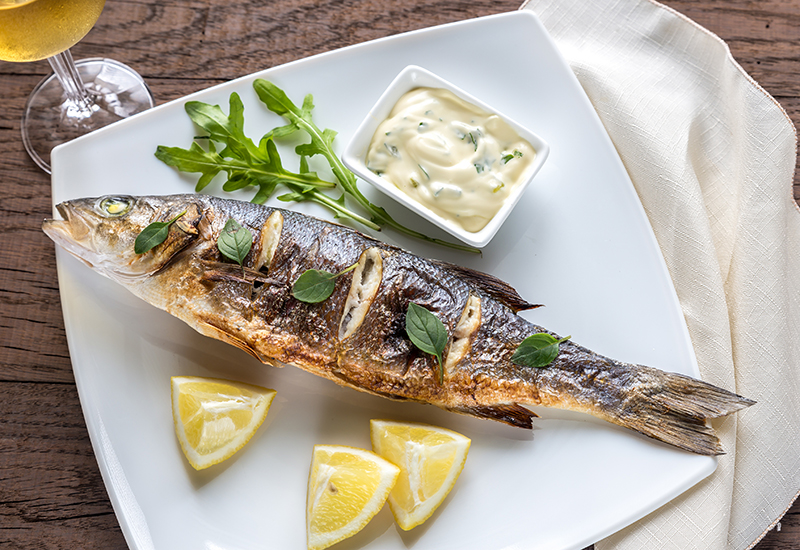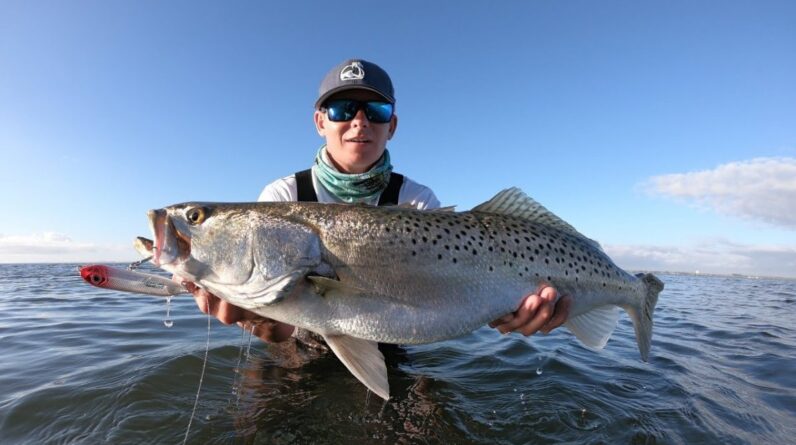Few things are as disheartening as returning from a day of fishing, only to discover that the catch you were so excited to enjoy for dinner has succumbed to the sun’s harsh rays. If the prospect of constantly dashing to your refrigerator with each newly caught fish doesn’t appeal to you, there are ways to ensure the freshness of your catch until you’re ready to taste it at home.
Option One: Keeping Them Alive
The initial method for preserving the freshness of your fish involves keeping them alive until the moment you’re ready to indulge. There are various fishing techniques to achieve this:
- Small fish can be stored immediately on ice, inducing a dormant state. However, this technique is less effective for larger fish, as extended ice exposure can lead to a gradual demise, negatively impacting the meat’s flavor. Ideally, your catch should be kept in a basket submerged in the water or within an aerated live well, allowing them to remain submerged, breathe, and swim without escaping.
- In colder waters, a stringer—a rope with a needle at one end—can be utilized to string fish together, keeping them submerged while you continue fishing. Nevertheless, this method can induce stress for the fish and may not be the best choice in all circumstances.
Option Two: Swift Killing and Dressing
Your second alternative entails promptly dispatching and dressing your catch as soon as it lands on your boat. Dressing a fish essentially means removing the head, fins, gills, and entrails before packing it with ice and placing it in a cooler. Swift and humane killing is crucial, as leaving the fish to perish slowly is both inhumane and detrimental to meat quality.
To optimize preservation, use crushed or flaked ice and ensure proper drainage while replenishing the ice supply as necessary throughout the day. A useful guideline is to employ four pounds of ice for every two pounds of fish, guaranteeing adequate cooling while preventing any bacterial growth.
Bringing It Home
Upon returning home with your prized catch, the process is not yet complete. You must scale and fillet the fish. Scaling is executed by running a knife blade or fish scaler along the fish’s side, moving either from tail to head or in the opposite direction of the scales. Due to its messy nature, scaling is best done outdoors.
Subsequently, use a sharp knife to extract fillets from the fish while discarding the bones or reserving them for making a hearty soup stock. The precise technique for preparing your catch may vary based on the species and size, so online resources, particularly YouTube tutorials from experienced anglers, can be highly instructive.
Once the filleting process is accomplished, it’s time to either cook the fish immediately or store it. When opting for the latter, four critical factors come into play: temperature, moisture, oxygen, and bacterial growth. All of these factors can impact the quality of the final product. Therefore, it is imperative to maintain a temperature of 32°F to prevent meat decomposition.
Enjoy Your Catch

With all the hard work behind you, it’s finally time to kick back, fire up the grill, and taste it. Incorporating fish into your diet is not only beneficial for your health, but there’s an unmatched satisfaction in sinking your teeth into a fillet you’ve personally caught, cleaned, and prepared.
Catch Your Next Fish
For those eager to embark on their next fishing expedition, platforms like Cheerfulfishingman offer advanced fishing forecasting tools that highlight optimal times and locations for a successful outing. Additionally, they provide a plethora of tips and techniques to enhance your angling skills, and their contour lines facilitate the discovery of prime fishing spots such as weed lines and drop-offs. For more fishing articles and resources, be sure to visit cheerfulfisherman.com.






